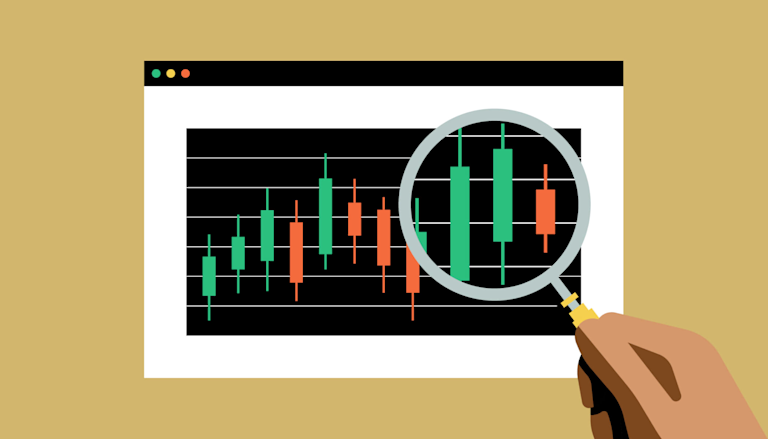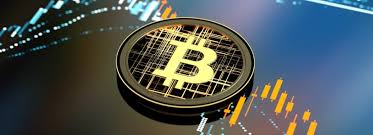Exploring the Future of Crypto Trading Automation 2

Exploring the Future of Crypto Trading Automation
The landscape of financial trading has undergone significant transformations over the past decade, with the advent of cryptocurrency igniting a wave of innovation. One of the most impactful developments in this domain is Crypto Trading Automation https://sovereignmedia.co.za/list-5b6254079f772b5fdb03c7b5aef60dd6. This article explores the intricacies, benefits, and future possibilities of automating crypto trading strategies to maximize profit while minimizing risks.
What is Crypto Trading Automation?
Crypto trading automation refers to the use of algorithms and software tools to facilitate and enhance trading in cryptocurrencies. It encompasses a variety of methodologies, including automated trading bots, algorithmic trading strategies, and advanced market analytics that allow traders to execute trades with minimal human intervention. By leveraging these technologies, traders can capitalize on market inefficiencies and execute trades at high speed and frequency, which is critical in the volatile world of cryptocurrencies.
The Rise of Automated Trading Solutions
The rise of automated trading solutions in the cryptocurrency market can be attributed to several factors:
- Volatility: The cryptocurrency market is notoriously volatile, with prices fluctuating wildly in short timeframes. Automated systems can react to market changes in real-time, allowing traders to profit from rapid price movements.
- 24/7 Market: Unlike traditional stock markets that operate during specific hours, the crypto market operates around the clock. Automated solutions enable traders to monitor and react to market conditions at any time.
- Emotion Elimination: Automated trading removes emotional decision-making from the trading process, which can often lead to rash choices. By relying on predefined algorithms, traders can execute strategies based on logic rather than emotion.
- Backtesting and Optimization: Automated trading allows for backtesting strategies against historical data, enabling traders to refine and optimize their methods before deploying them in live environments.
Key Components of Crypto Trading Automation
Several components work in harmony to create an efficient crypto trading automation system:
- Trading Bots: These are software applications that automatically execute trades based on predefined criteria. Bots can analyze market data, place orders, and manage portfolios without human intervention.
- APIs: Application Programming Interfaces (APIs) allow third-party applications, such as trading bots, to interact with crypto exchanges. APIs enable automated systems to access market data and execute trades seamlessly.
- Analysis Tools: Advanced analytics tools utilize machine learning, sentiment analysis, and technical indicators to offer traders insights and data-driven forecasts.
- Risk Management Systems: Effective automation includes robust risk management protocols. Automated systems must be designed to recognize and handle risk exposure and execute stop-loss orders to limit potential losses.
Types of Trading Strategies for Automation
Traders can implement various strategies through automation, including:

- Market Making: These strategies aim to profit from the difference between buying and selling prices. Automated systems can maintain liquidity by placing orders on both sides of the order book.
- Arbitrage: Arbitrage strategies exploit price differences between exchanges or markets. Automated systems can quickly identify these discrepancies and execute trades to capture profits.
- Trend Following: Trend-following strategies seek to identify and ride price trends. Automated systems can execute trades based on technical indicators that signal the direction of the market.
- Mean Reversion: This approach assumes that prices will revert to their historical averages. Automated systems can identify overbought or oversold conditions and execute trades accordingly.
Creating Your Own Automated Trading System
Building a successful automated trading system requires careful consideration of multiple factors:
- Define Your Strategy: Clearly outline your trading strategy, including entry and exit points, risk tolerance, and asset selection.
- Select the Right Tools: Choose appropriate software platforms, programming languages, and trading bots that align with your technical expertise and trading goals.
- Conduct Backtesting: Test your strategy against historical data to identify its effectiveness and refine parameters to enhance performance.
- Implement Risk Management: Integrate risk management protocols to mitigate potential losses and protect your capital.
- Monitor and Adjust: Even with an automated system, continuous monitoring is vital. Regular adjustments based on market conditions can help maintain effectiveness.
Challenges of Crypto Trading Automation
While the benefits of automation are enticing, several challenges must be addressed:
- Market Volatility: Rapid changes in the market can lead to significant losses if automated systems are not properly calibrated.
- Technical Issues: Software bugs, connectivity problems, and other technical issues can disrupt trading or lead to unintended consequences.
- Security Risks: Automated systems are vulnerable to hacking and cyber attacks. Implementing strong security measures is crucial to protect assets.
- Regulatory Compliance: As the crypto space evolves, regulatory changes may impose constraints on automated trading practices, making it essential for traders to stay informed.
The Future of Crypto Trading Automation
The future of trading automation in the cryptocurrency realm appears promising. With advancements in artificial intelligence and machine learning, automated systems will become increasingly sophisticated, capable of predicting market movements with greater accuracy. Integration with decentralized finance (DeFi) platforms will likely open new avenues for automated trading strategies, enabling users to access and trade a wider range of assets.
Furthermore, as more traders adopt automated solutions, competition will sharpen, leading to an influx of innovative tools and strategies. Education and resources surrounding cryptocurrency trading automation will also improve, empowering both novice and experienced traders to leverage these technologies effectively.
Conclusion
Crypto trading automation is revolutionizing the trading landscape, offering traders the ability to navigate the complex and volatile cryptocurrency market efficiently. By leveraging advanced technologies and algorithms, traders can maximize profits while managing risks effectively. As the technology continues to evolve, it will redefine how we approach trading in the digital asset world, making the dream of seamless and profitable trading a reality for many.
